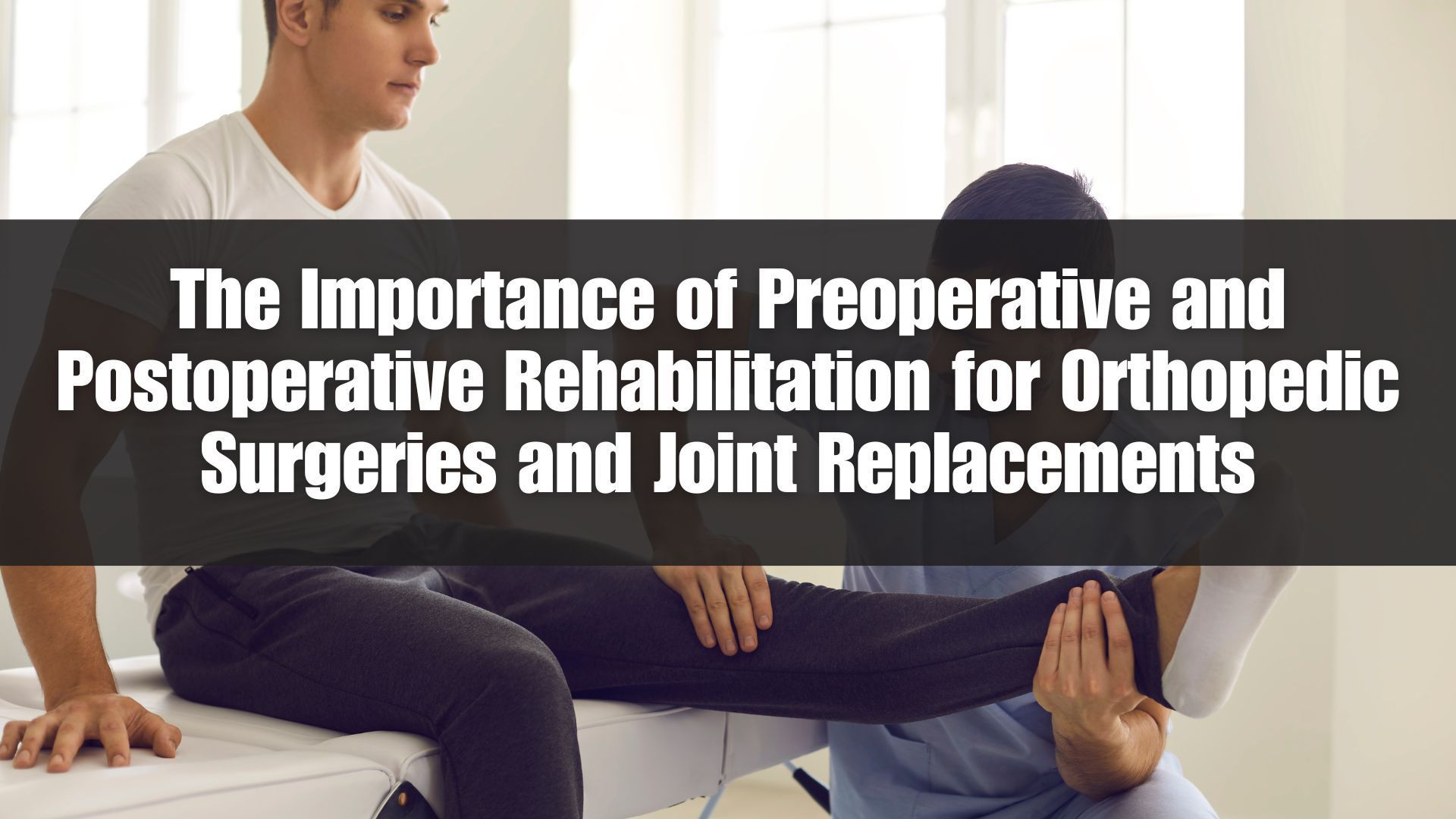3 Effective Drills to Relieve Low Back Pain: Sensory Bath, Mobility, and Nerve Flossing
Low back pain is a common issue that can significantly affect your quality of life. Whether it's caused by poor posture, muscle imbalances, or even nerve compression, finding effective ways to alleviate this discomfort is essential. In this blog, we'll explore three drills that can help decrease low back pain: the sensory bath, mobility drills, and nerve flossing. Incorporating these exercises into your routine can go a long way in providing relief and improving your overall back health.
1. Sensory Bath
The sensory bath is a relaxation technique that targets both your mind and body. It's an excellent way to start your journey toward relieving low back pain because it helps reduce stress and tension, which can contribute to discomfort.
How to Perform the Sensory Bath:
Step 1: Find a quiet and comfortable space where you won't be disturbed. Lie down on your back with your legs extended and your arms by your sides.
Step 2: Close your eyes and take a few deep breaths to relax. Focus on your breath and let go of any thoughts or distractions.
Step 3: Mentally scan your body, starting from your toes and moving up to your head. Pay special attention to your lower back. Visualize any tension or discomfort melting away with each exhale.
Step 4: Spend at least 10-15 minutes in this relaxed state, allowing your body and mind to unwind. You can enhance the experience by playing calming music or using aromatherapy.
The sensory bath is an excellent drill to practice daily, especially before or after more intensive exercises. It helps reduce stress, which can exacerbate low back pain, and promotes overall relaxation.
2. Mobility Drills
Improving the mobility of your lower back and hips is crucial for reducing pain and preventing future issues. When you have restricted mobility in these areas, it can lead to compensatory movements that strain the lower back. Here's a simple mobility drill you can incorporate into your routine:
Pelvic Tilts for Mobility:
Step 1: Lie on your back with your knees bent and feet flat on the floor, hip-width apart.
Step 2: Gently press your lower back into the floor, tilting your pelvis backward. Hold for a few seconds.
Step 3: Now, arch your lower back, tilting your pelvis forward. Hold for a few seconds.
Step 4: Repeat this movement for 10-15 reps, gradually increasing the range of motion as you feel more comfortable.
This exercise helps improve the flexibility and mobility of your lumbar spine and pelvis, reducing the strain on your lower back.
3. Nerve Flossing
Nerve flossing is a technique that helps alleviate pain caused by nerve compression or irritation. By gently mobilizing the affected nerve, you can reduce discomfort and improve nerve function.
Sciatic Nerve Flossing Drill:
Step 1: Sit on the edge of a chair with your feet flat on the floor.
Step 2: Extend one leg straight in front of you while keeping the other foot flat.
Step 3: Point your toes upward on the extended leg and slowly flex your neck forward, bringing your chin toward your chest.
Step 4: Hold this position for a few seconds, feeling a gentle stretch along the back of your leg.
Step 5: Release the neck flexion, lower your foot, and repeat the process with the opposite leg.
Perform this nerve flossing drill for both legs, aiming for 10-15 repetitions per leg. It helps release tension on the sciatic nerve, which often contributes to low back pain.
Low back pain can be debilitating, but with consistent effort and the right exercises, you can find relief and improve your overall back health. The sensory bath, mobility drills, and nerve flossing are valuable tools in your journey toward a pain-free back. Remember to consult with a healthcare professional or physical therapist before starting any new exercise routine, especially if you have chronic or severe back pain. Incorporating these drills into your daily routine can lead to decreased pain and improved overall well-being.





